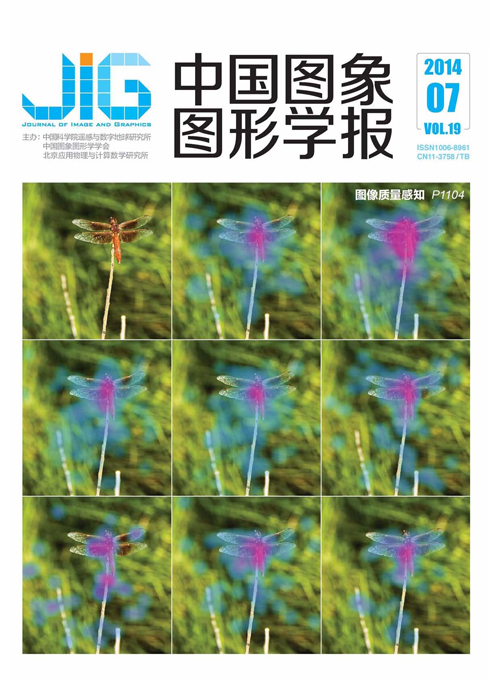
分层树结构字典编码的行为识别
摘 要
目的 基于学习字典的稀疏编码能够自适应地表示信号。然而,传统学习字典的原子之间缺少关联,信号的相似性在编码后缺失。考虑到结构化稀疏表示的鲁棒性和判别性能力,结构化字典的构建成为一个重要的任务。方法 依据标准的凸优化字典学习算法,引入数据点编码路径的约束(由上层原子激活的索引规划下层的索引),构思了一种树结构字典学习框架。结果 实验结果表明,局部描述符的稀疏表示具有较好的鲁棒性和判别性,同时在KTH数据库上人体行为识别实验与其他类似文献方法相比获得了较高的识别精度,其中,时空梯度方向直方图(HOG3D)的编码识别结果达到97.99%。结论 通过实验结果,观察到采用本文构建的字典编码信号具有较好的鲁棒性和判别性,更好的适合分类任务。
关键词
Action recognition using hierarchically tree-structured dictionary encoding
Zhou Tongchi, Cheng Xu, Wu Zhenyang(School of Information Science and Engineering, Southeast University, Nanjing 210096, China) Abstract
Objective Sparse coding using learned dictionaries can adaptively represent signals. However, the similarity among the signals that are encoded in traditional dictionary are lost due to a lack of correlations between atoms. Considering the robustness and discriminative power of structured sparse representation, the building of the structured dictionary becomes an important task. Method We conceive a framework of tree-structured dictionary by introducing a constraint for the data point code path (programming the index from the upper layer to the next layer) according to the standard convex optimization dictionary-learning algorithm. Result Experimental results on the KTH human action database show that local descriptor codes with learned tree-structured dictionary have good robustness and discriminative and demonstrate that our algorithm generally obtains higher recognition accuracy than other similar methods. We achieve an accuracy rate of 97.99% using histograms of oriented 3D spatial-temporal gradients(HOG3D). Conclusion From our experiments, we observe that the encoding of signals using the constructed dictionary has good robustness and discrimination, and is preferable for the task of classification.
Keywords
|



 中国图象图形学报 │ 京ICP备05080539号-4 │ 本系统由
中国图象图形学报 │ 京ICP备05080539号-4 │ 本系统由